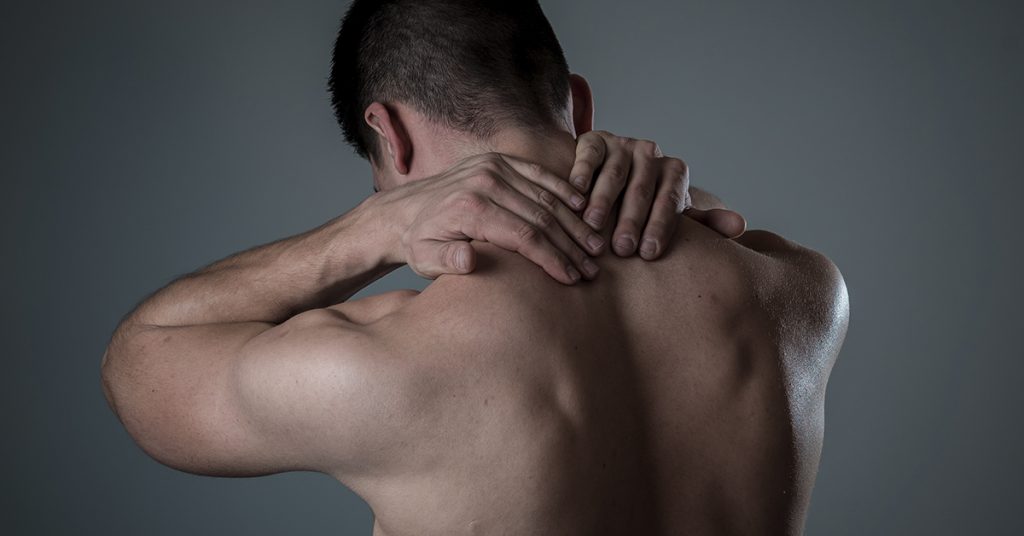Backs can crack when the facet joints are pushed out or back into place, like when the neck or lower back is turned. When these facet joints move, you might hear or feel a crack or pop, or you might feel or hear grinding or a sudden release of pressure.
There are two facet joints at each spine level, one on each side. Each facet joint comprises a bony protrusion from the upper and lower vertebrae connected by synovium and a web of ligaments.
Crepitus, often called “back cracking,” is a common thing that can be a little different for each person. A facet joint crack usually doesn’t hurt or cause worry.
What happens to the spine when you crack your back?
No one knows what causes a facet joint to crack or what effects it might have. Because everyone’s muscles and joints work differently, joint cracking is likely to affect different people differently. Most of the time, cracking the spinal joints doesn’t hurt or need medical help.
Cracking the back and easing the pain:
Cracking the facet joints is a well-known way to relieve joint or low back pain temporarily.

Back and neck pain are often treated with manual manipulation like getting massages, which may focus on moving the facet joints to create a healing environment and reduce pain. These changes might make a crackling sound.
According to the medical literature, physical manipulation of the facet joints, such as receiving massages from Ashiatsu Massage London, can help relieve stiffness, increase range of motion, and temporarily relieve pain. Chiropractic and osteopathic practitioners often use spinal adjustments, a term for manual spinal manipulation of the spine.
Back pain that needs to be checked out by a doctor:
If disturbing or uncomfortable feelings accompany back cracking, it could signify a structural or degenerative problem with the joint. If any of the following happen along with facet joint cracking, you may need to see a doctor:
- When a joint breaks, the pain could be burning, throbbing, stabbing, or very strong. This back pain could be caused by a joint rubbing against or squeezing a nerve root.
- When a joint is moved, it often snaps, grinds, or crackles. This could be a sign that the joint isn’t working right. Cracking and grinding sounds in the joints that don’t go away could be caused by an injured ligament or cartilage, a failing synovial capsule, osteoarthritis, or something else.
- If a spinal joint seems stuck or locks in place when you move in a certain way, the structures of the joint may have broken down.
If there is a noticeable change in how a joint cracks after an injury or trauma, it is usually a good idea to see a doctor make sure that a structural change, like a small fracture or torn ligament, is not affecting the way the joint works. It is also recommended to get a back massage from Ashiatsu Massage London.

What makes our backs crack?
Most of the time, crepitus is caused by joints, but it can also come from other soft tissues like tendons, bursae, and ligaments. Most of the time, getting older causes a rise.
There are two different kinds of crepitus:
Cavitation crepitus: These cracks can happen when the spine is moving normally or when it is close to its limit of movement. This type of crepitus is common, so you shouldn’t worry about it.
Arthritic crepitus: This type of crepitus is caused by osteoarthritis, also called osteoarthritis crepitus. It might sound or feel like snapping, clicking, or grinding.
If you feel your spinal cord crack, go to the doctor right away. Visit Ashiatsu Massage London if you’re in need of a relaxing back massage.


